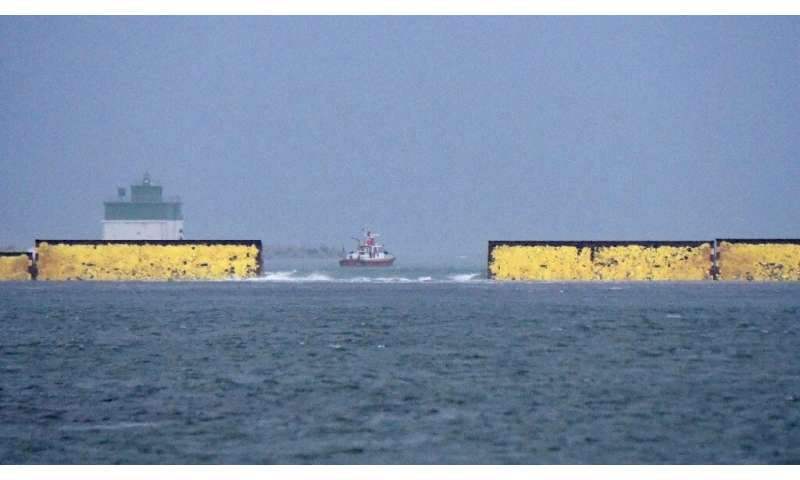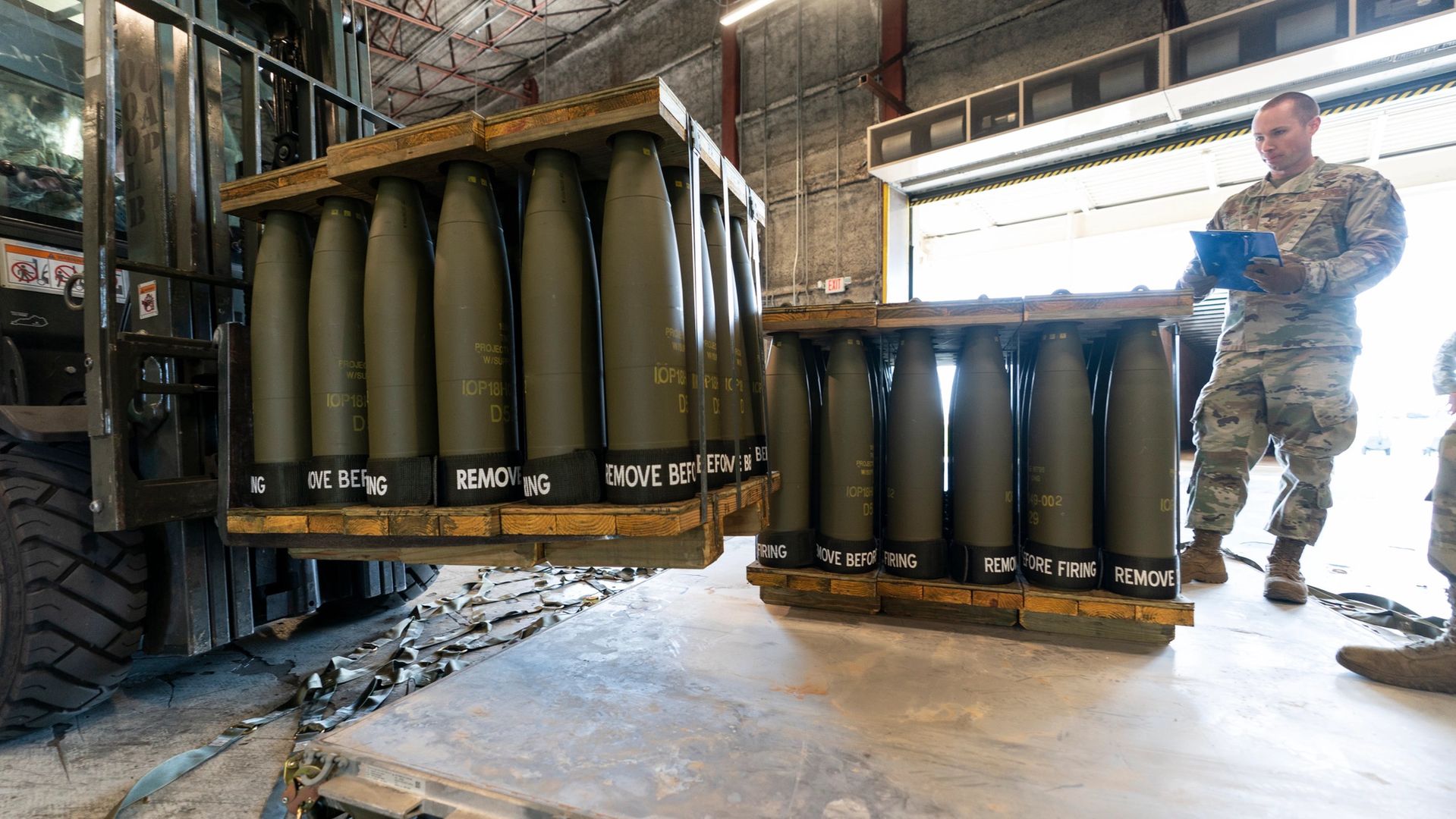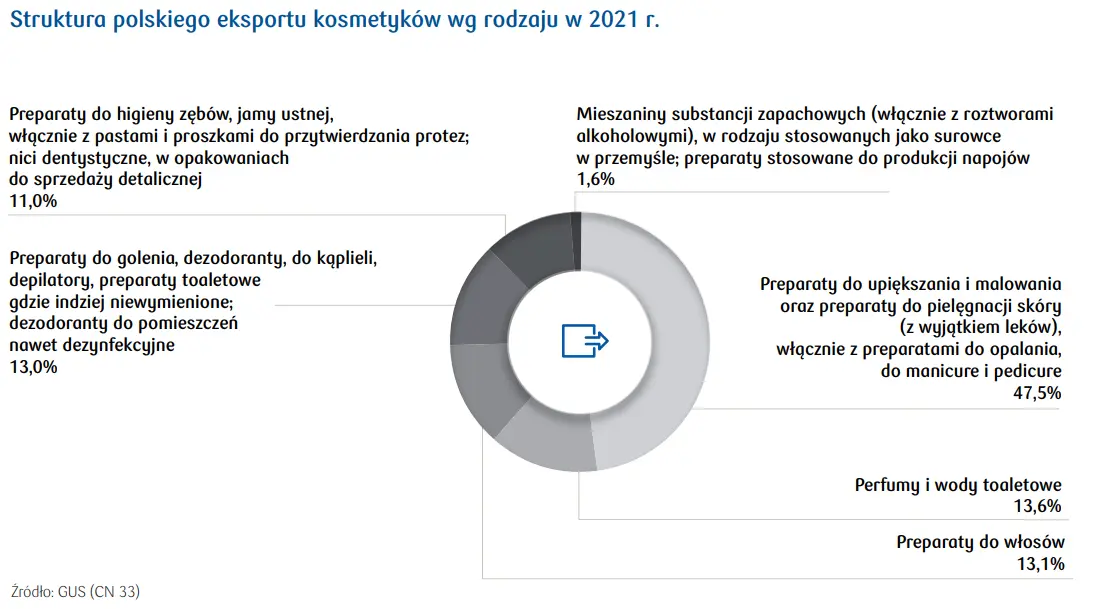Can Venice Be Saved? A Daring Plan To Combat Rising Floodwaters

Table of Contents
The MOSE Project: A Barrier Against the Adriatic
The MOSE project (Modulo Sperimentale Elettromeccanico), a monumental undertaking, represents the most ambitious attempt at Venice flood prevention to date. This system consists of 78 massive mobile gates, strategically positioned at the three inlets of the Venetian lagoon – Lido, Malamocco, and Chioggia. When acqua alta threatens, these gates are raised from the seabed, creating a barrier against the Adriatic Sea's surging tides. The scale of the project is breathtaking, involving complex engineering and immense logistical challenges.
- Cost of the project and funding sources: The MOSE project has incurred significant costs, exceeding €5 billion, funded primarily by the Italian government.
- Timeline of construction and phases: Construction began in 2003, experiencing numerous delays and setbacks. While some gates are operational, the project is still undergoing final stages of completion.
- Environmental concerns and criticisms raised about the MOSE project: The project has faced criticism regarding its environmental impact, including potential effects on lagoon ecosystems and water circulation.
- Successes and failures of the MOSE system to date; its effectiveness in preventing acqua alta: While the MOSE system has demonstrated its capacity to protect Venice from extreme acqua alta events, its effectiveness has been debated, with questions regarding its long-term reliability and maintenance.
- Future maintenance and operational costs: Ongoing maintenance and operational costs are substantial and represent a significant long-term commitment for Venice flood prevention.
Beyond MOSE: Supplementary Strategies for Venice Flood Prevention
While MOSE provides a crucial defense against acqua alta, a comprehensive approach to Venice flood prevention requires supplementary strategies. These include sustainable tourism management, building renovations, and improved waste management.
- Limiting the number of cruise ships entering the Venetian lagoon: Large cruise ships contribute to lagoon instability and erosion. Reducing their number is crucial for protecting the delicate ecosystem and reducing the risk of flooding.
- Implementing stricter building codes to raise building foundations: New construction and renovations must incorporate measures to raise building foundations, safeguarding against rising water levels.
- Investing in improved waste management systems to prevent further subsidence: Efficient waste management prevents the ground from compacting and sinking further.
- Promoting sustainable tourism practices to reduce the environmental impact: Educating tourists and implementing sustainable tourism strategies lessen the environmental burden on Venice.
- Public awareness campaigns about the importance of Venice flood prevention: Raising public awareness is vital to fostering a collective responsibility for preserving Venice’s unique environment. This includes educating locals and tourists about responsible water usage and waste disposal.
The Role of Climate Change and Long-Term Solutions for Venice Flood Prevention
The threat to Venice is inextricably linked to climate change and rising sea levels. This presents a long-term challenge requiring far-reaching solutions for Venice flood prevention.
- Discuss the global implications of rising sea levels and their impact on coastal cities: Rising sea levels pose a global threat, affecting numerous coastal cities worldwide. Venice serves as a stark warning of the potential consequences.
- Explore the potential of innovative technologies for climate change mitigation: Investing in research and development of innovative technologies for carbon capture and climate change mitigation is vital for addressing the root cause of rising sea levels.
- Highlight the importance of international cooperation in addressing climate change: Climate change is a global issue demanding international collaboration to reduce emissions and mitigate its effects.
- Advocate for long-term planning and investment in sustainable infrastructure: Long-term planning, sustainable infrastructure development, and adaptation strategies are critical to securing Venice's future.
Conclusion
The fight to save Venice from rising floodwaters is a complex and ongoing challenge. While the MOSE project offers a crucial line of defense, a multifaceted approach incorporating sustainable practices, innovative technologies, and international collaboration is essential for long-term Venice flood prevention. The future of this irreplaceable city depends on our collective commitment to protecting it from the devastating effects of acqua alta and climate change. Let's continue to explore and implement innovative solutions for Venice flood prevention to ensure this magnificent city thrives for generations to come.

Featured Posts
-
 Election Aftermath Potential For Australian Asset Growth
May 06, 2025
Election Aftermath Potential For Australian Asset Growth
May 06, 2025 -
 Trotyl Od Polskiego Nitro Chem Standardy Europejskie
May 06, 2025
Trotyl Od Polskiego Nitro Chem Standardy Europejskie
May 06, 2025 -
 Warren Buffetts Greatest Investing Wins And Losses Key Lessons Learned
May 06, 2025
Warren Buffetts Greatest Investing Wins And Losses Key Lessons Learned
May 06, 2025 -
 Podcast Creation How Ai Processes Scatological Documents For Engaging Audio Content
May 06, 2025
Podcast Creation How Ai Processes Scatological Documents For Engaging Audio Content
May 06, 2025 -
 New Film Role For Patrick Schwarzenegger A Guadagnino Collaboration
May 06, 2025
New Film Role For Patrick Schwarzenegger A Guadagnino Collaboration
May 06, 2025
Latest Posts
-
 Duze Zamowienie Trotylu Polska Na Swiatowym Rynku Materialow Wybuchowych
May 06, 2025
Duze Zamowienie Trotylu Polska Na Swiatowym Rynku Materialow Wybuchowych
May 06, 2025 -
 Polska I Eksport Trotylu Rzut Oka Na Duze Zamowienie
May 06, 2025
Polska I Eksport Trotylu Rzut Oka Na Duze Zamowienie
May 06, 2025 -
 Zamowienie Na Trotyl Z Polski Implikacje Dla Bezpieczenstwa
May 06, 2025
Zamowienie Na Trotyl Z Polski Implikacje Dla Bezpieczenstwa
May 06, 2025 -
 Analyzing The Popularity Of Leon Thomas And Halle Baileys Rather Be Alone
May 06, 2025
Analyzing The Popularity Of Leon Thomas And Halle Baileys Rather Be Alone
May 06, 2025 -
 Kontrowersyjny Eksport Trotylu Z Polski Analiza Zamowienia
May 06, 2025
Kontrowersyjny Eksport Trotylu Z Polski Analiza Zamowienia
May 06, 2025
